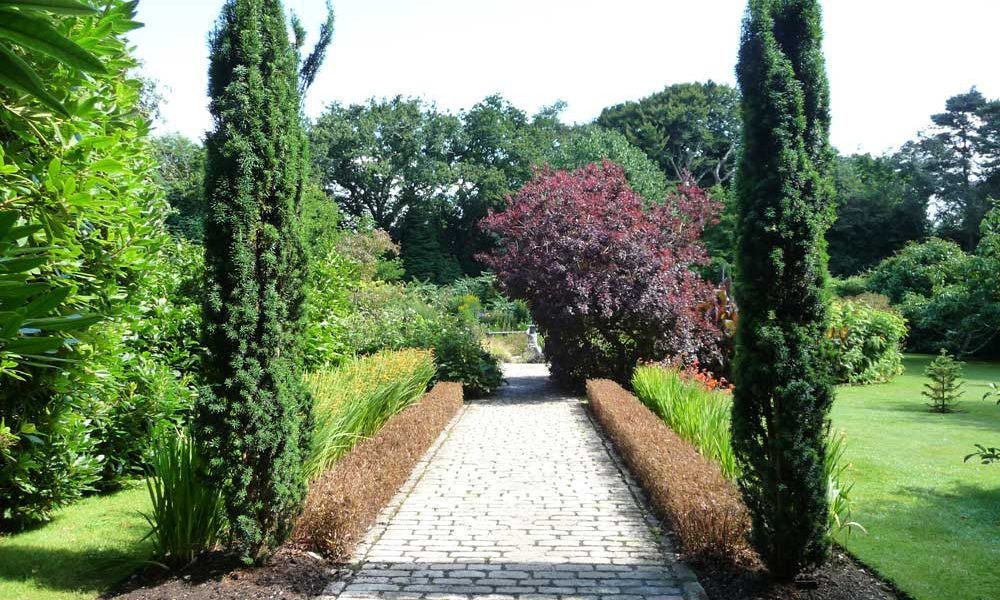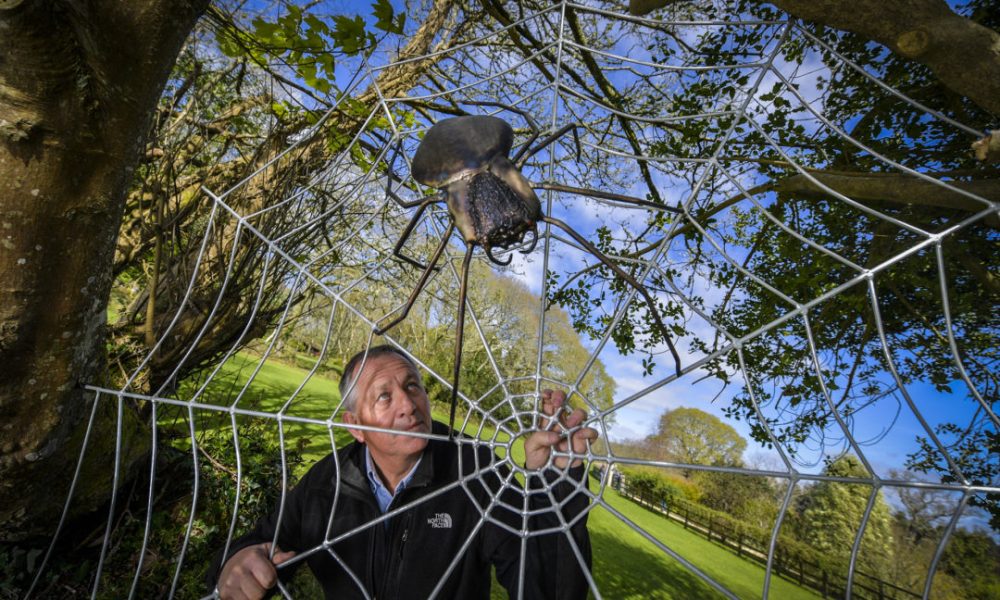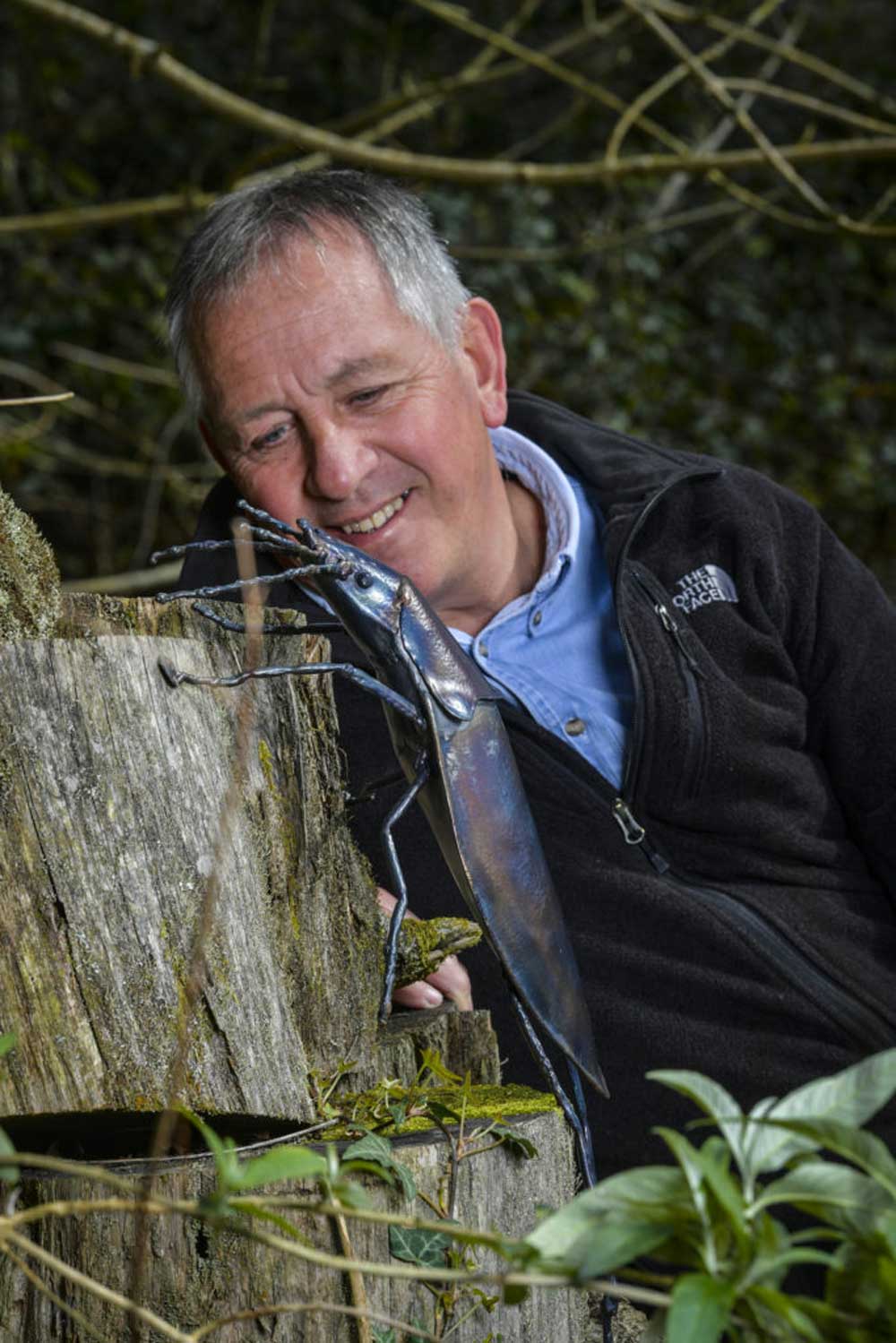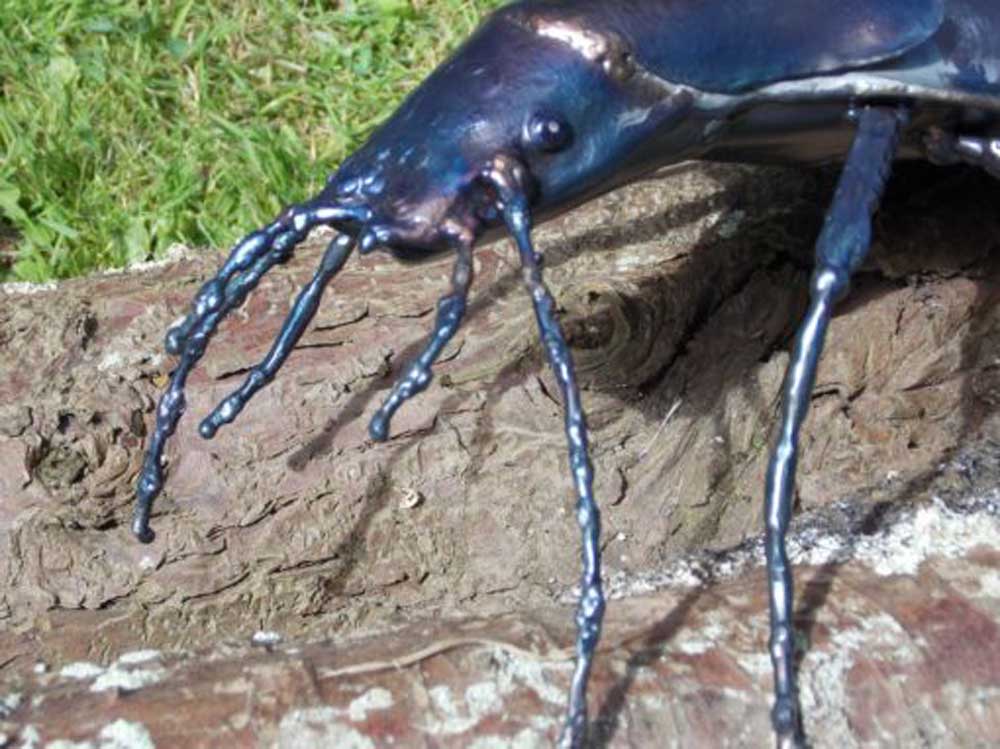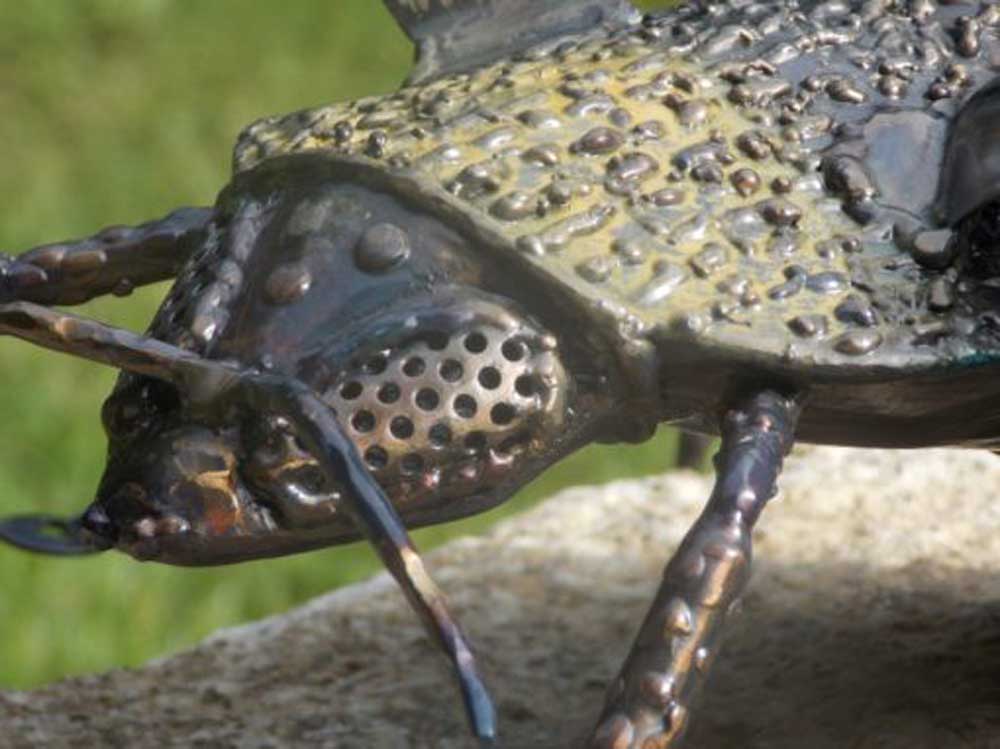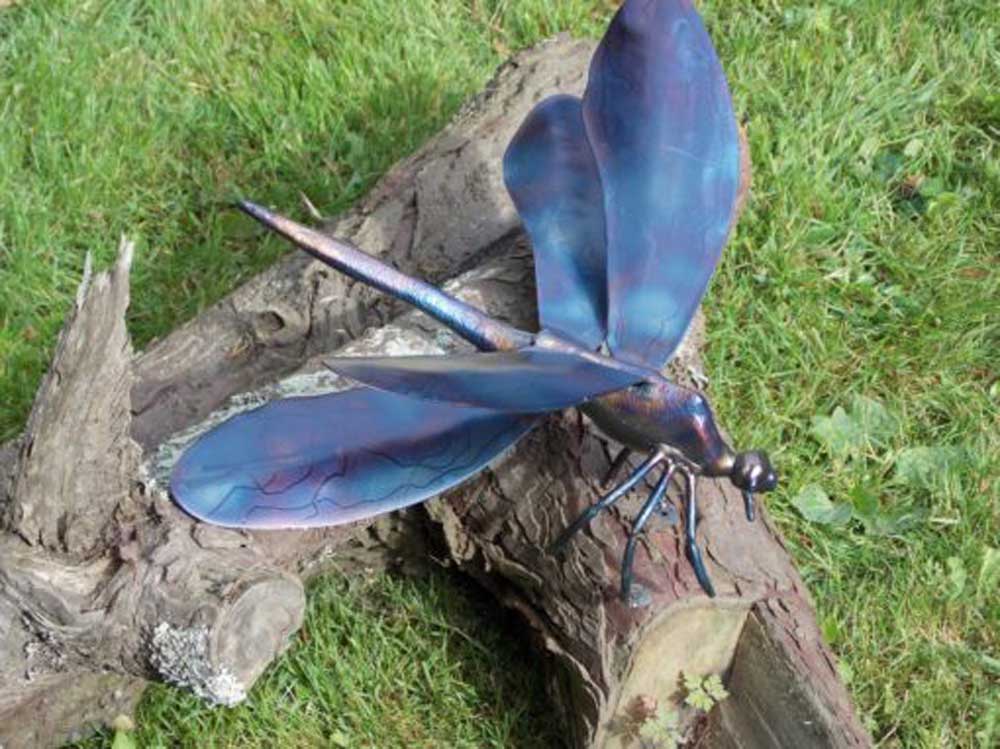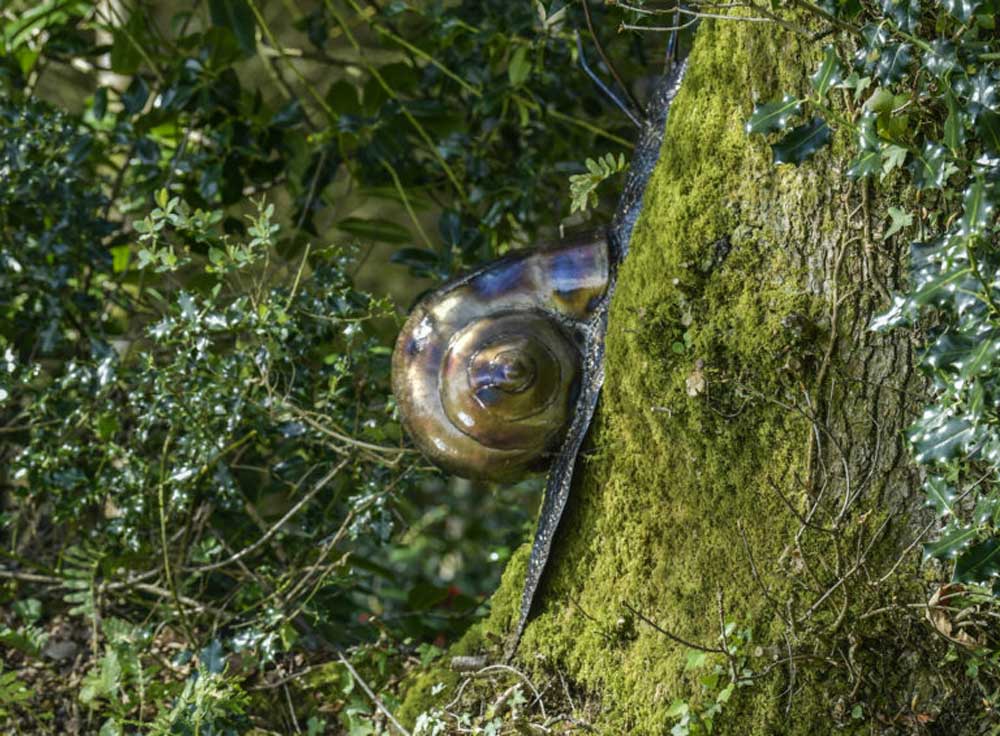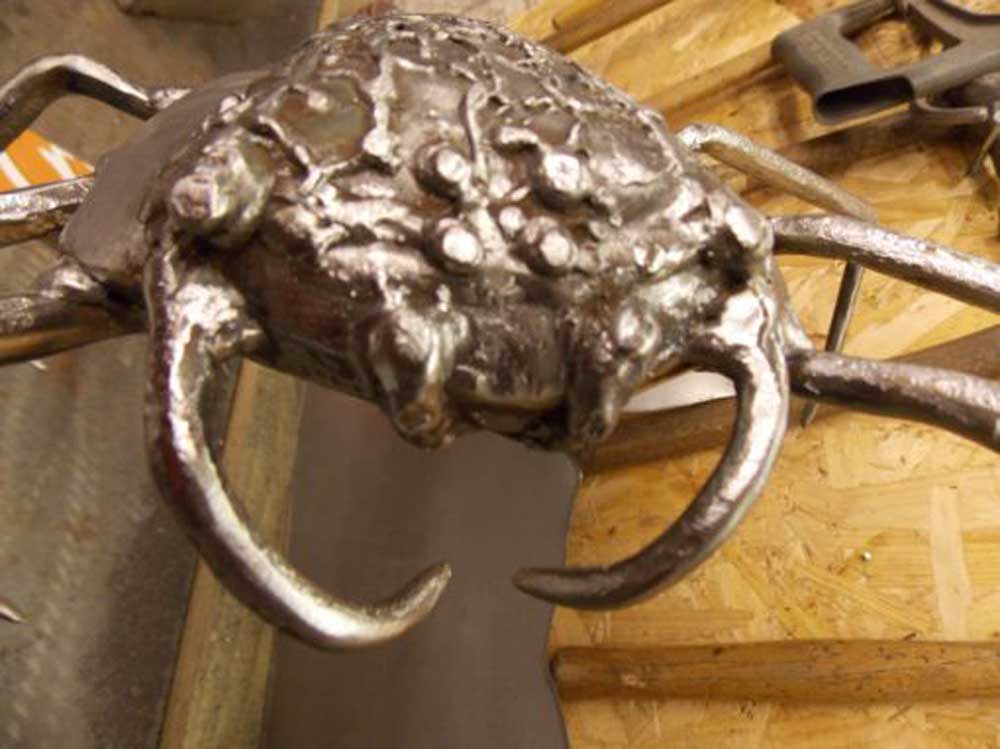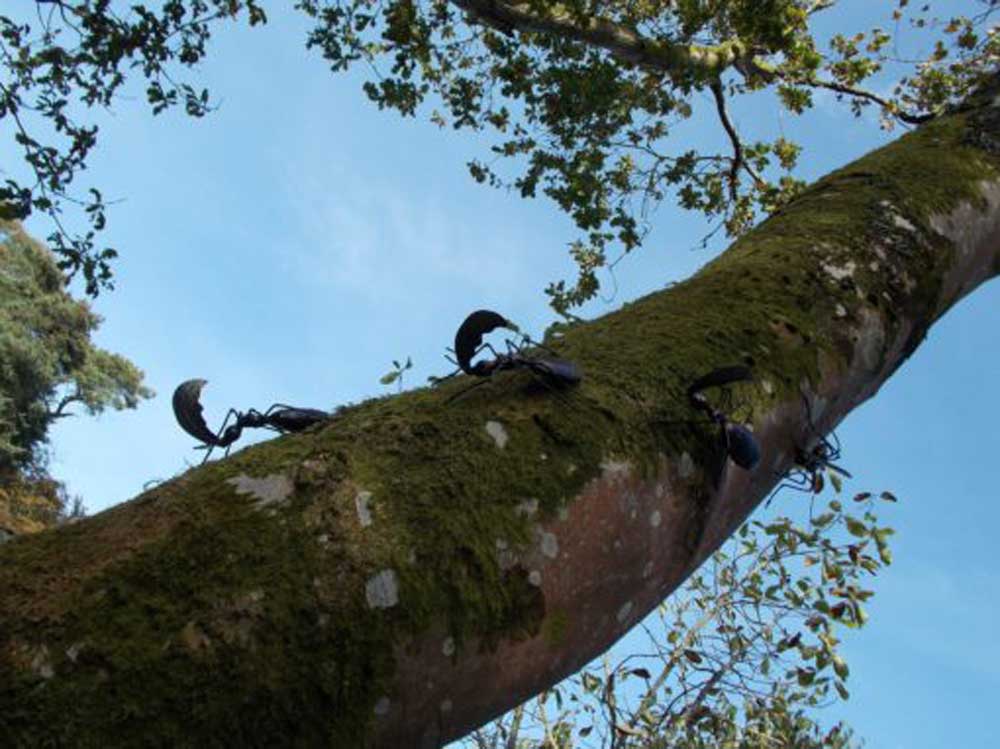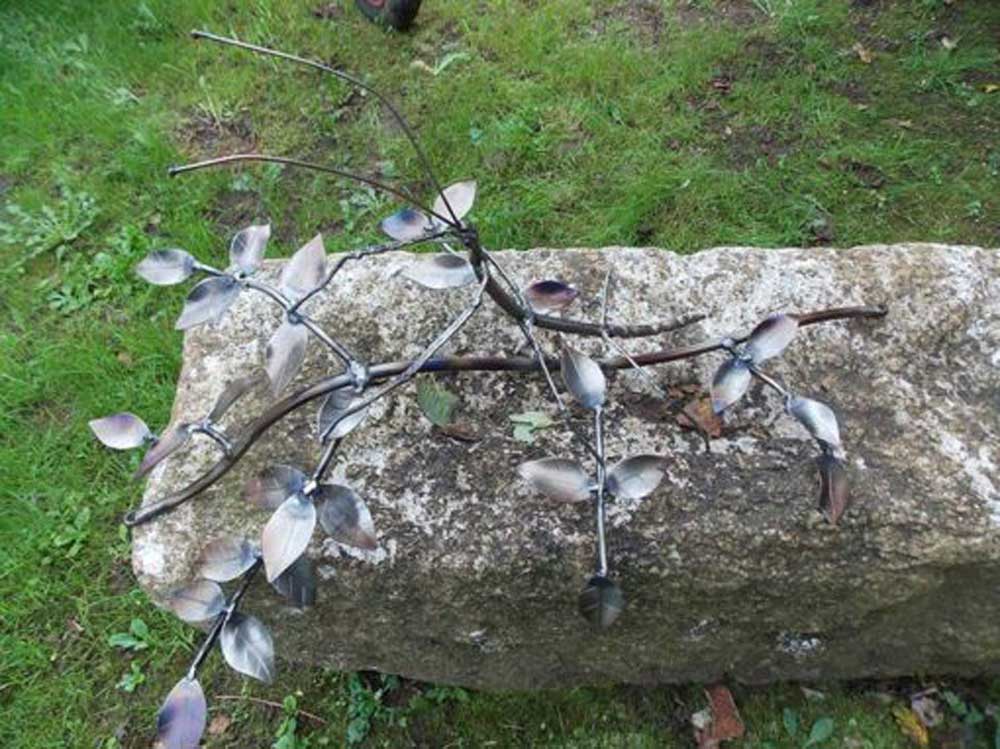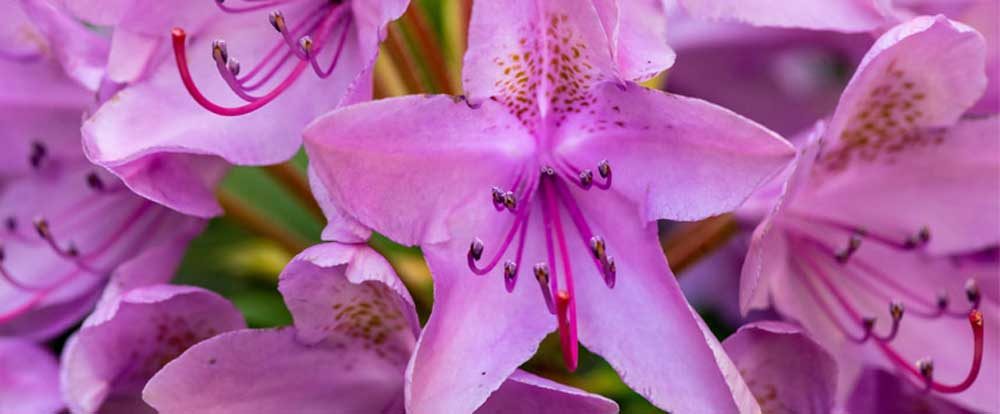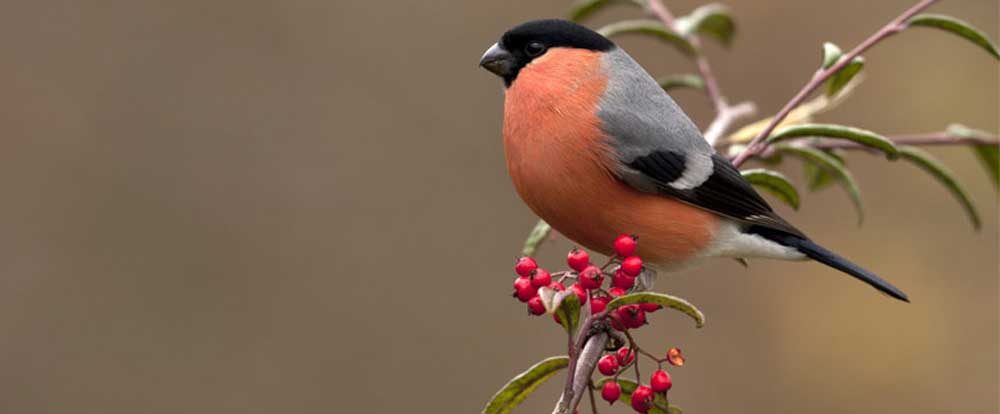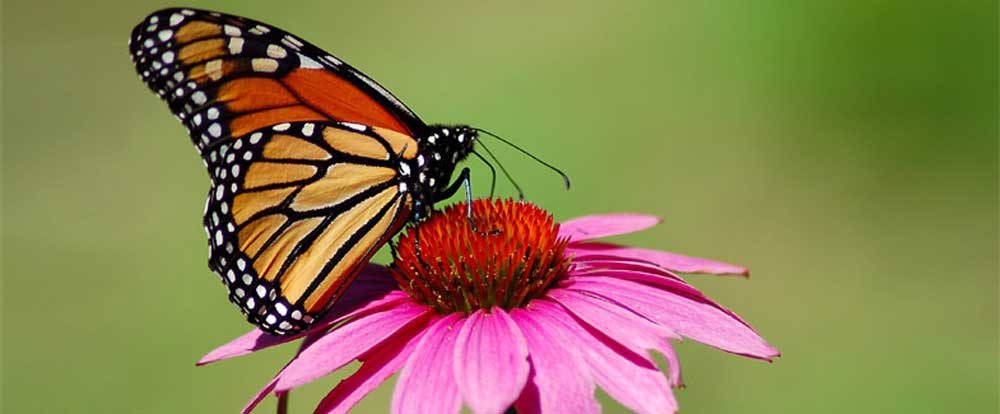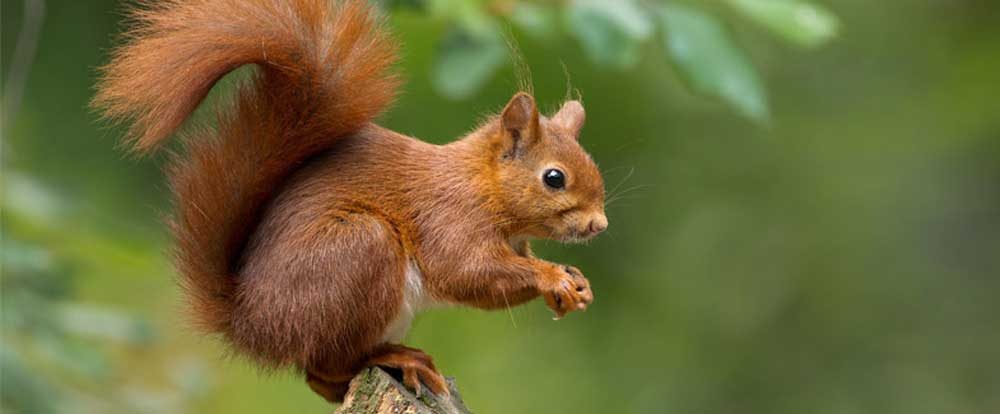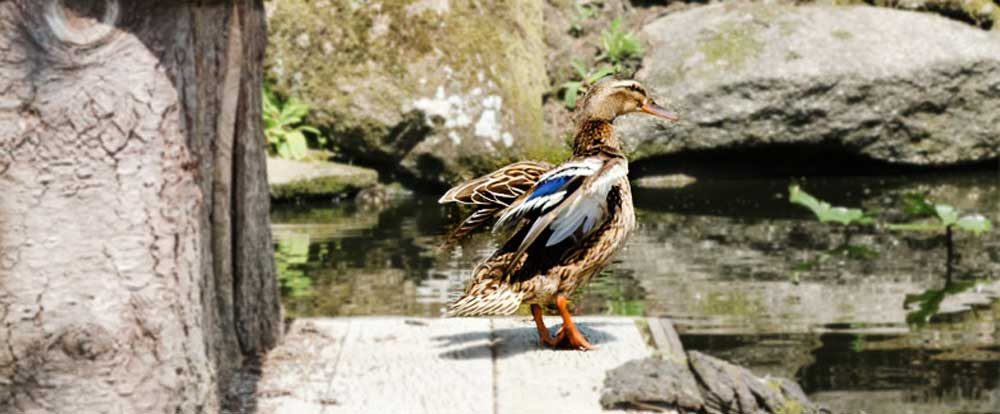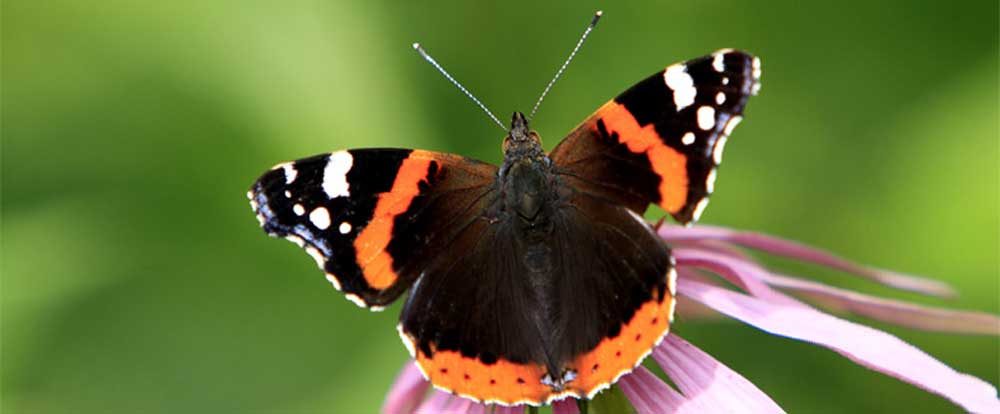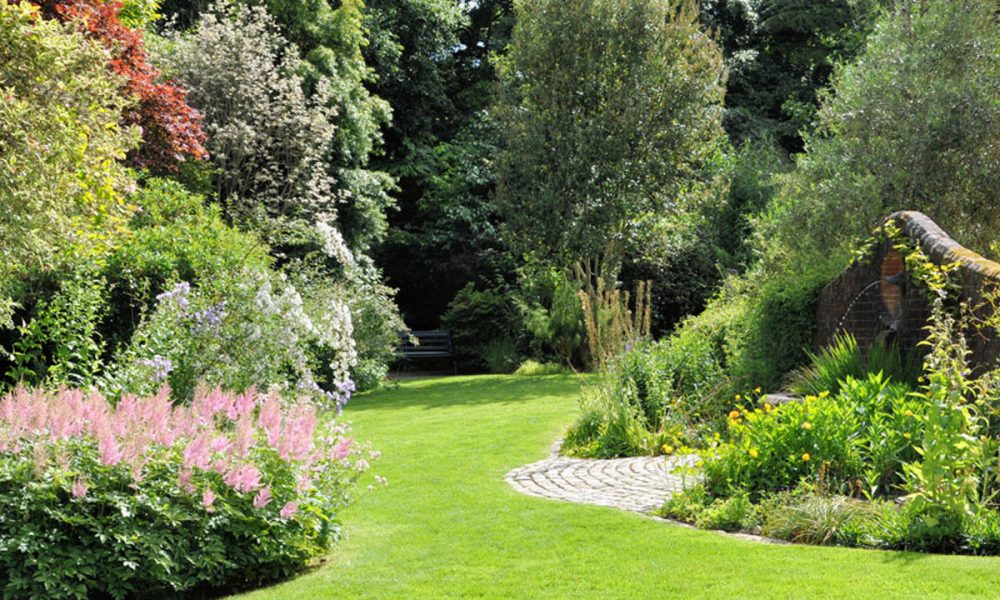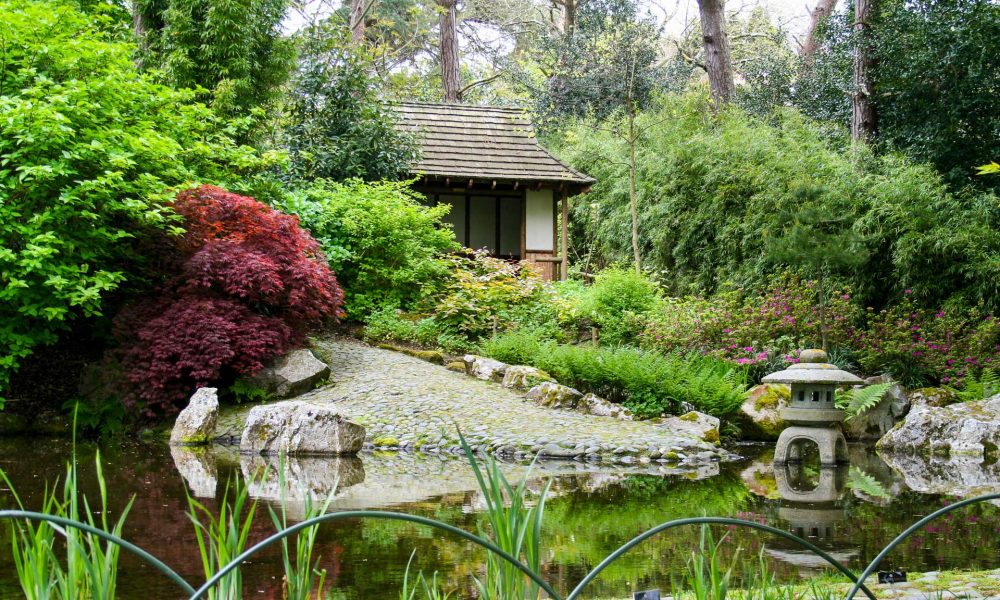Introduction
Pinetum is Cornwall’s new secret garden, a botanical paradise nestled on the South coast. Home to a wide variety of plants set across 30 acres, Pinetum offers a haven of tranquillity in contrast with the fast pace of modern life.
Pinetum has been lovingly created over the last four decades, and now houses one of the largest plant collections in Cornwall as well as an impressive array of champion trees, 67 of which are champions at county level, and 10 at national.
With a wonderful Garden Café serving breakfast, lunch and Afternoon Tea, plus an array of trails and ways for children to discover nature, it’s the perfect place to visit with friends, family, or simply for some ‘me-time’.
Situated in impressive parkland Pinetum features ten individual garden areas, each celebrating a different array of plants and gardening styles. Reflecting the seasons, cultures of the world, and the local flora and fauna within these areas you are sure to find something that stirs the soul…
Aboretum
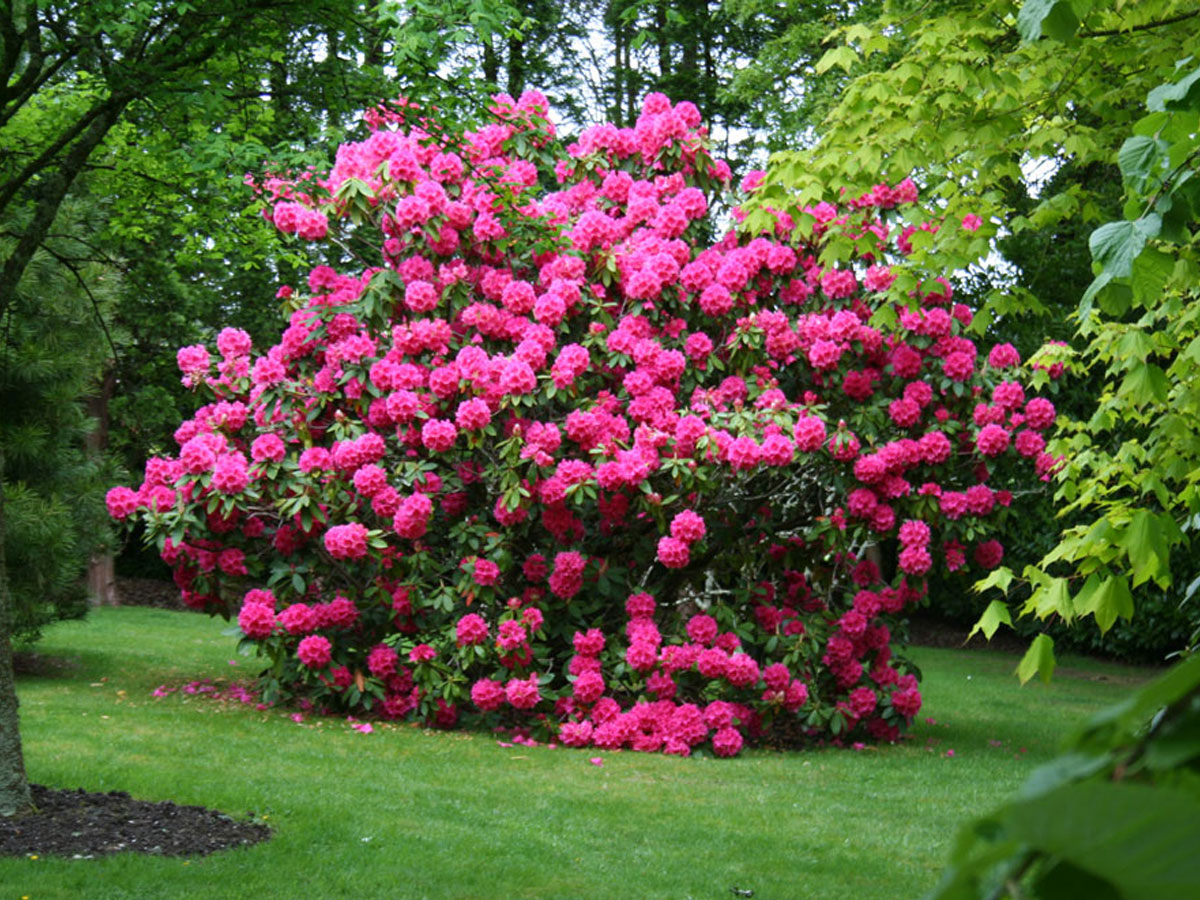 The Aboretum is an area of peace and tranquillity surrounded by trees and Rhododendrons. There are benches to sit and enjoy the quiet, while you can watch the perimeter explode in a parade of colour during the Autumn when the Acers and Parrotia go out in blazing shades of red, orange and yellow.
Cornish Cottage Garden
The Aboretum is an area of peace and tranquillity surrounded by trees and Rhododendrons. There are benches to sit and enjoy the quiet, while you can watch the perimeter explode in a parade of colour during the Autumn when the Acers and Parrotia go out in blazing shades of red, orange and yellow.
Cornish Cottage Garden
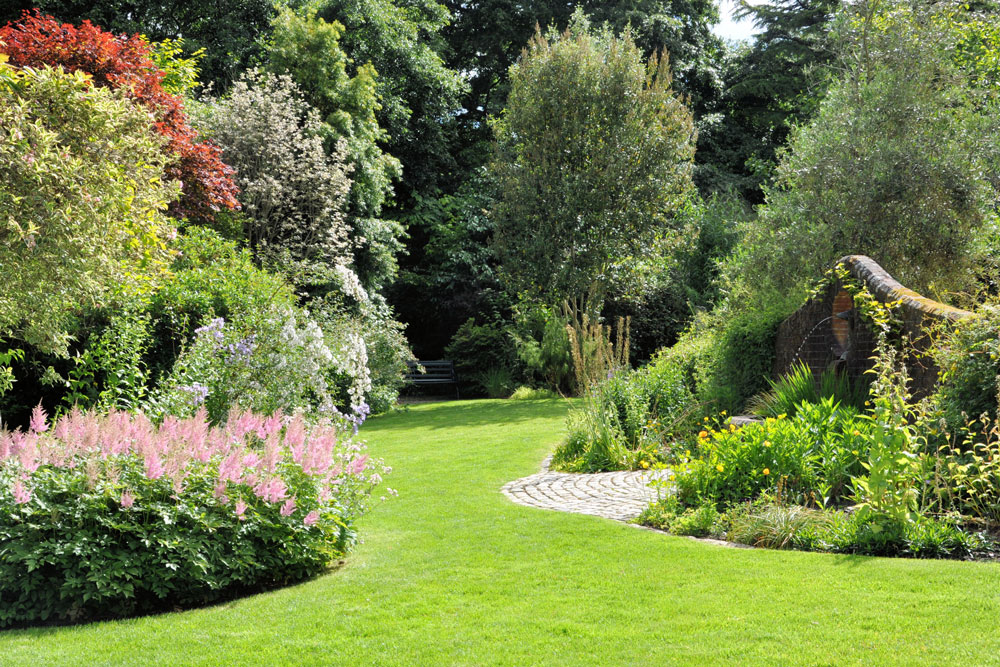 Colour plays an important part in the Cornish Cottage Garden, with the beds designed with this in mind. Shrub-backed perennials sit with a true cottage-style collection of herbaceous plants, bulbs, shrubs, trees, ferns and climbers. Statues and water features complete the feel, with rare newts to be spotted amongst the foliage.
Japanese Garden
Colour plays an important part in the Cornish Cottage Garden, with the beds designed with this in mind. Shrub-backed perennials sit with a true cottage-style collection of herbaceous plants, bulbs, shrubs, trees, ferns and climbers. Statues and water features complete the feel, with rare newts to be spotted amongst the foliage.
Japanese Garden
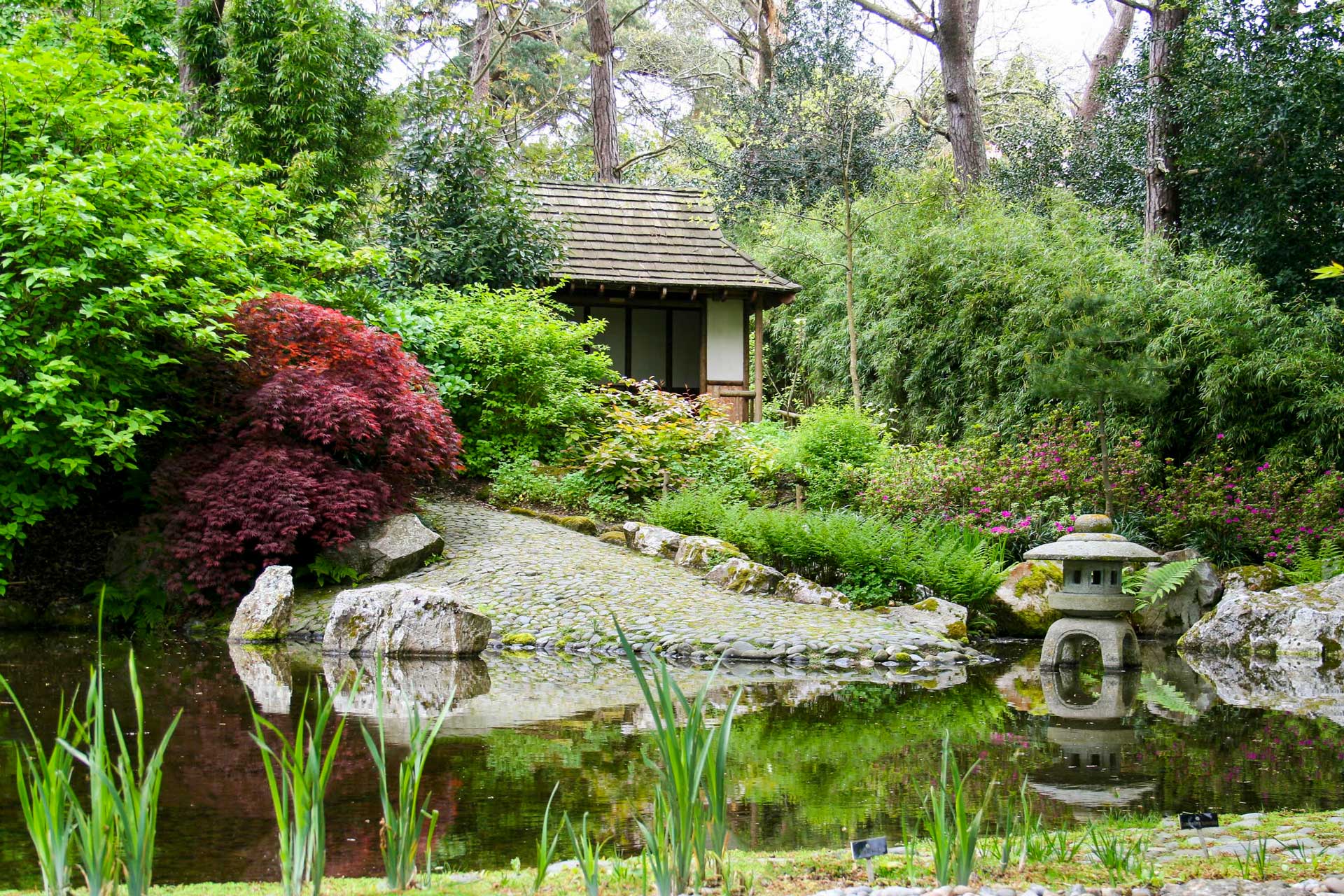 The Japanese Garden is truly authentic, inspired by those honed over centuries in Kyoto. The plants were first seeded from gifts given to the owners by an English-speaking gardener working in the city. Every year this continues, with seeds coming from the East. The Japanese summer house is based on an original design from the 17th century.
Courtyard Garden
The Japanese Garden is truly authentic, inspired by those honed over centuries in Kyoto. The plants were first seeded from gifts given to the owners by an English-speaking gardener working in the city. Every year this continues, with seeds coming from the East. The Japanese summer house is based on an original design from the 17th century.
Courtyard Garden
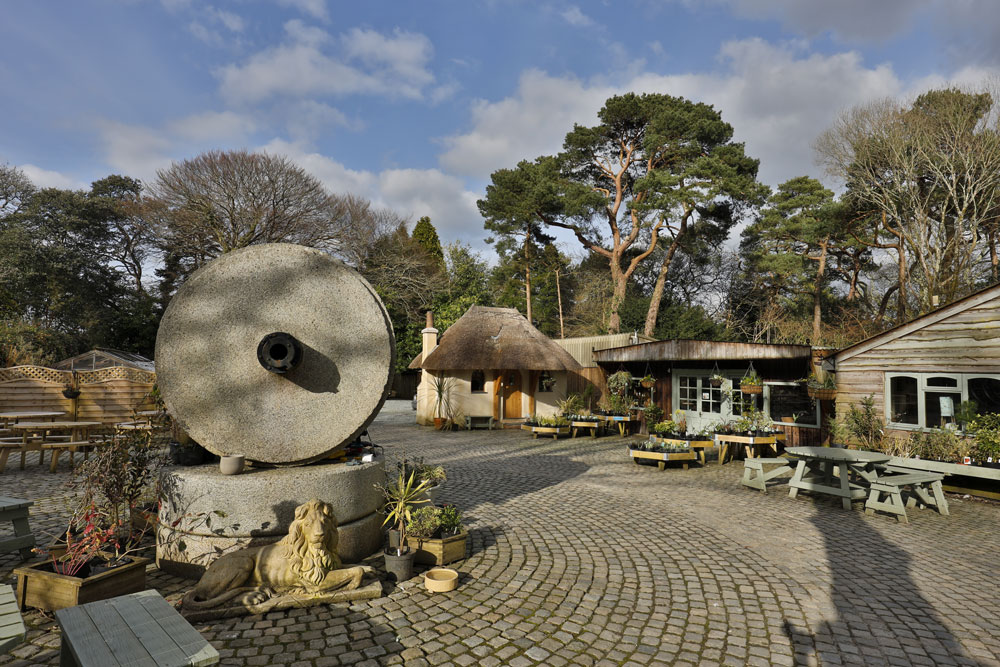 Designed with colour in mind, the courtyard is a more formal garden with a statue at its centre. The three borders feature grasses which flower in the spectrum of the rainbow. Camellias, Magnolias and Rhododendrons complete the ambience. You can also relax on picnic tables scattered amongst profusions of flowers.
Wild Flower Meadow and Lake
Designed with colour in mind, the courtyard is a more formal garden with a statue at its centre. The three borders feature grasses which flower in the spectrum of the rainbow. Camellias, Magnolias and Rhododendrons complete the ambience. You can also relax on picnic tables scattered amongst profusions of flowers.
Wild Flower Meadow and Lake
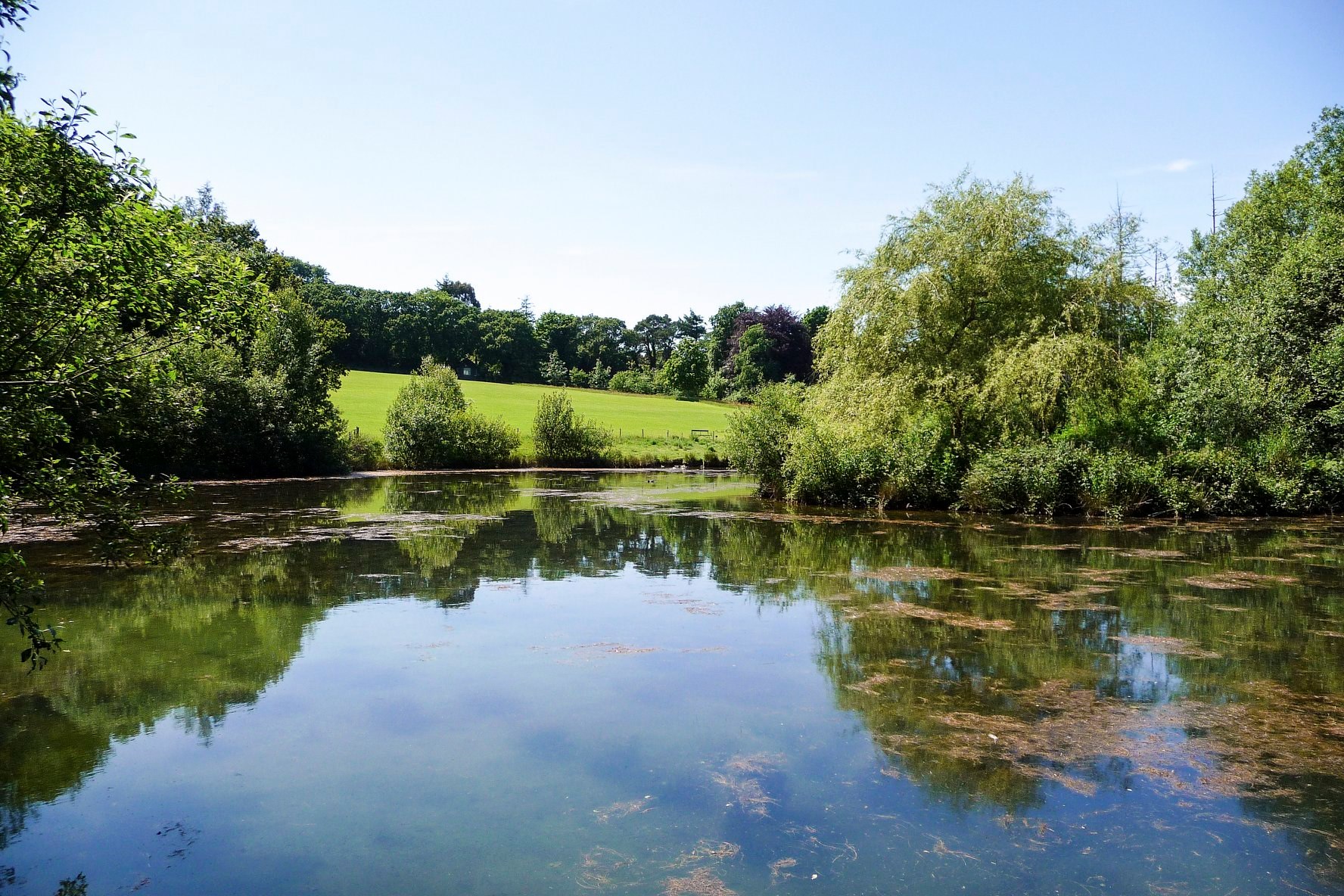 The perfect place to relax, enjoy a picnic and reconnect with your inner-calm. Head down to the Wildflower Meadow and take in the peaceful ambience of the lake whilst admiring the miles of views looking over the Cornish countryside.
The Pinetum
The perfect place to relax, enjoy a picnic and reconnect with your inner-calm. Head down to the Wildflower Meadow and take in the peaceful ambience of the lake whilst admiring the miles of views looking over the Cornish countryside.
The Pinetum
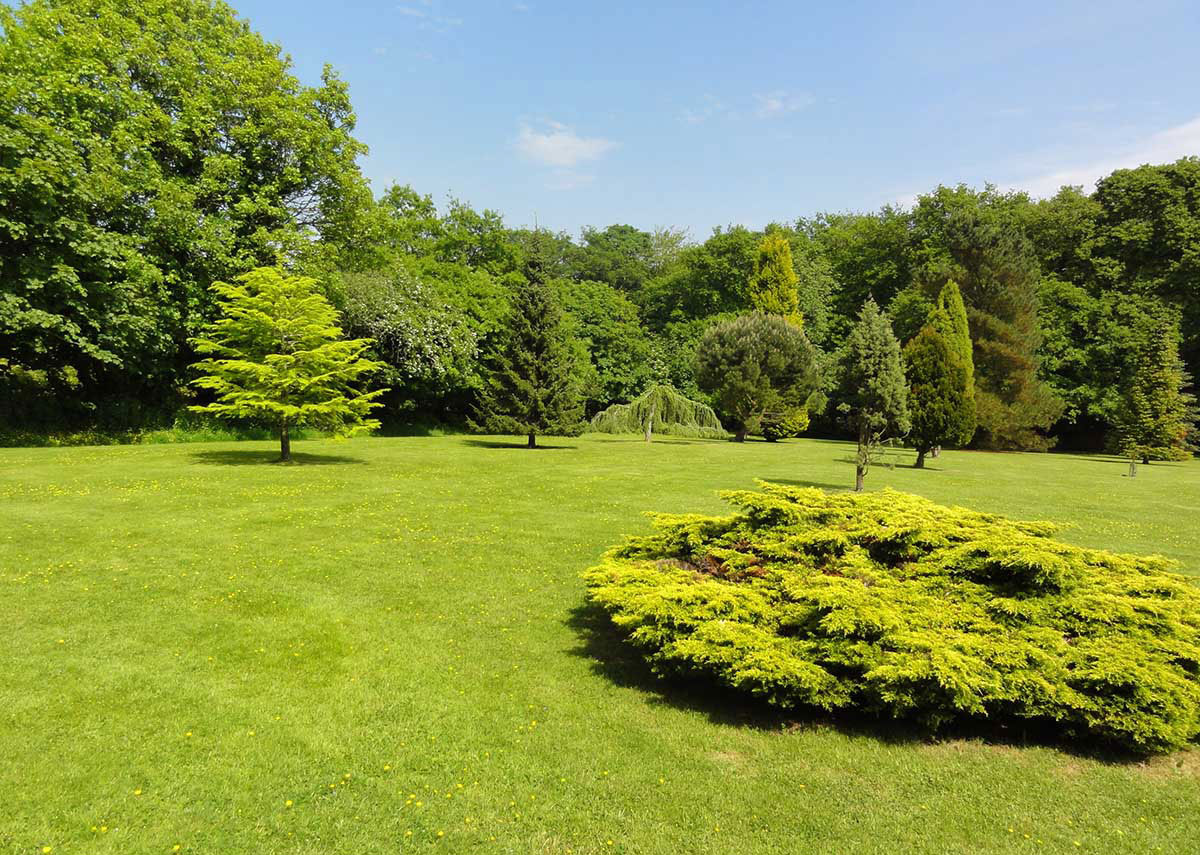 A four-acre area of the gardens designed in the style of an amphitheatre with the tallest trees at its edge, The Pinetum is impressive in every way from the moment you enter. Created 29 years ago with a variety of trees including the Giant Redwood. Some featured have been grown at Pinetum from seeds obtained through our seed hunting expeditions.
Old Garden
A four-acre area of the gardens designed in the style of an amphitheatre with the tallest trees at its edge, The Pinetum is impressive in every way from the moment you enter. Created 29 years ago with a variety of trees including the Giant Redwood. Some featured have been grown at Pinetum from seeds obtained through our seed hunting expeditions.
Old Garden
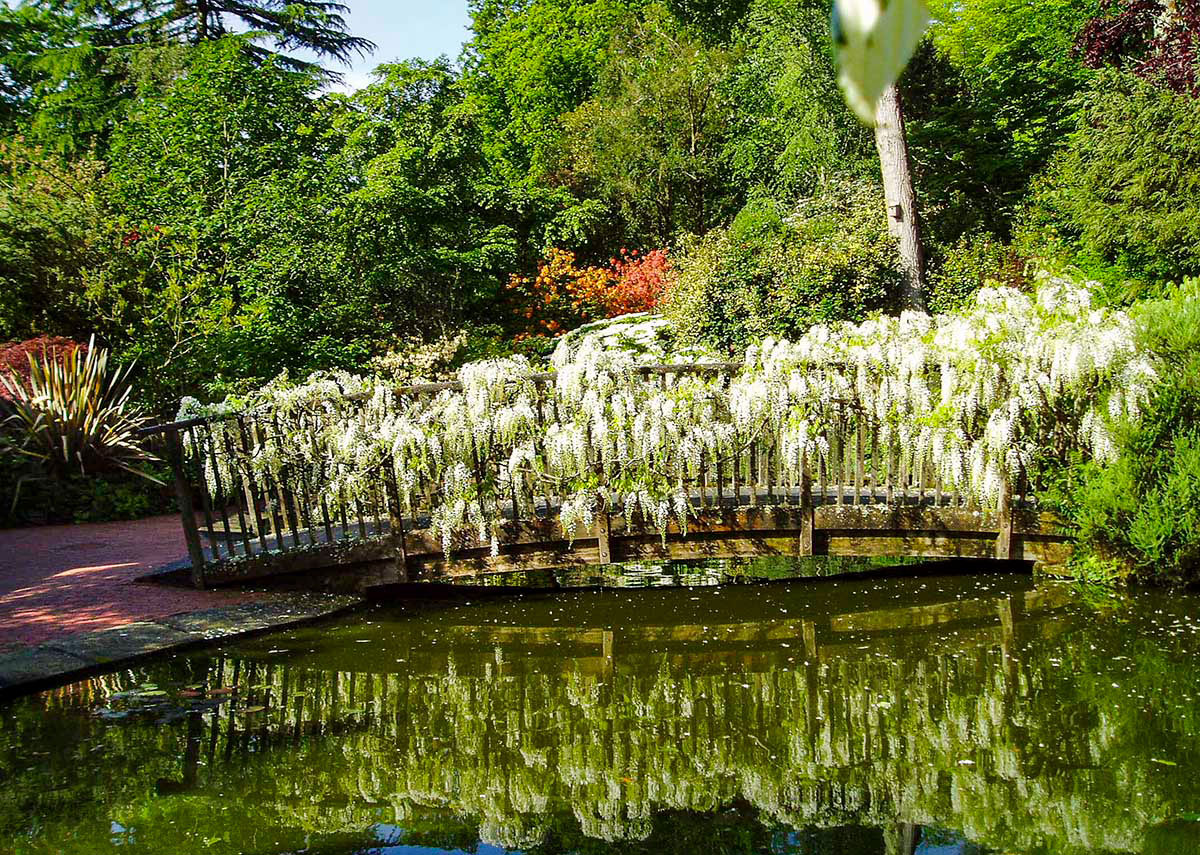 One of the first gardens you encounter on arrival, the Old garden features at its centre a statue of a horse backed by two Tetrapanax which will one day tower over him. The old garden is also home to a bridge intertwined with white scented wisteria stretching across water which cascades down granite boulders from Luxulyan.
Water Garden
One of the first gardens you encounter on arrival, the Old garden features at its centre a statue of a horse backed by two Tetrapanax which will one day tower over him. The old garden is also home to a bridge intertwined with white scented wisteria stretching across water which cascades down granite boulders from Luxulyan.
Water Garden
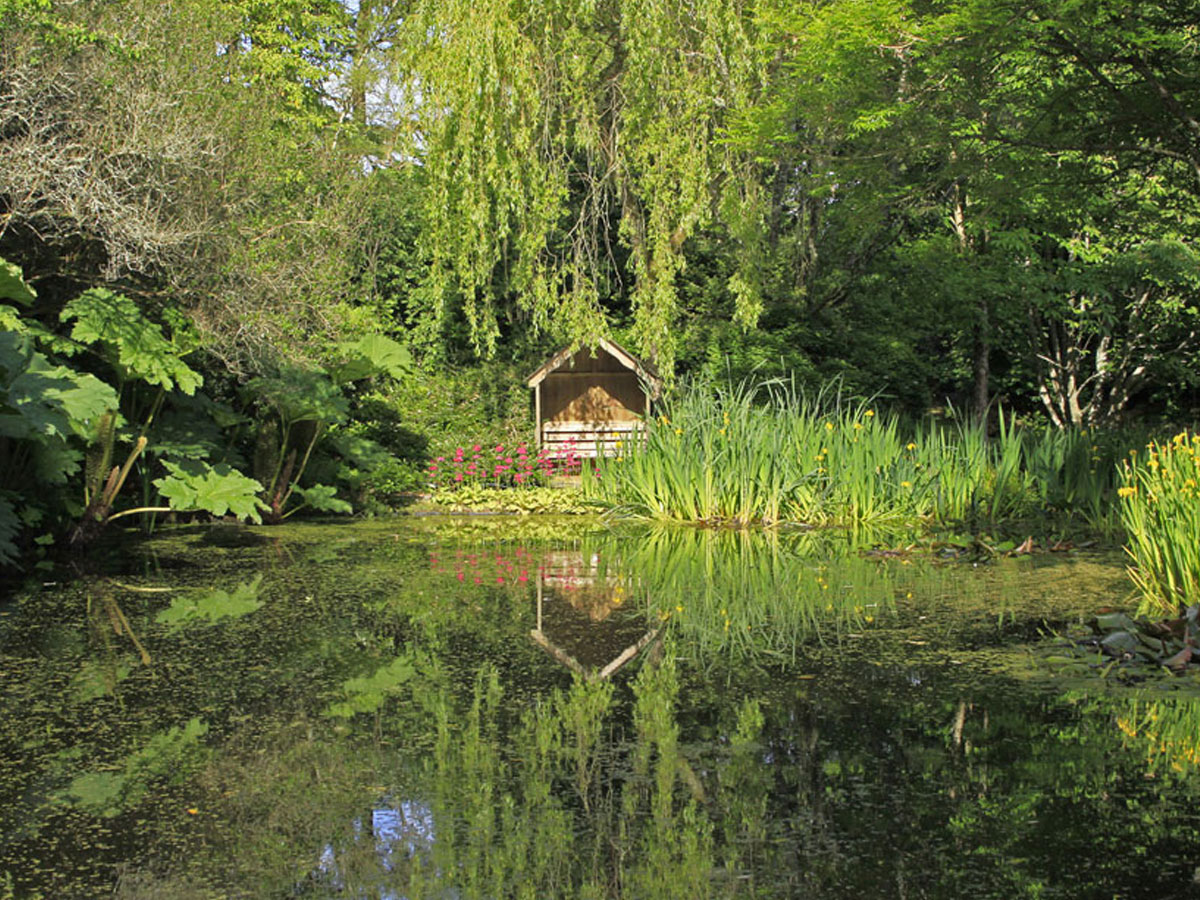 The Water Garden is a magnet for the wildlife that love to visit Pinetum. Deer, heron, badgers and foxes are all spotted here while newts frogs and toads come to spawn every year. Built on a slope, the Water Garden also features a regal purple beech which reflects majestically in the water. This area is incredibly peaceful and contains seating where visitors can relax and reflect.
Winter Garden
The Water Garden is a magnet for the wildlife that love to visit Pinetum. Deer, heron, badgers and foxes are all spotted here while newts frogs and toads come to spawn every year. Built on a slope, the Water Garden also features a regal purple beech which reflects majestically in the water. This area is incredibly peaceful and contains seating where visitors can relax and reflect.
Winter Garden
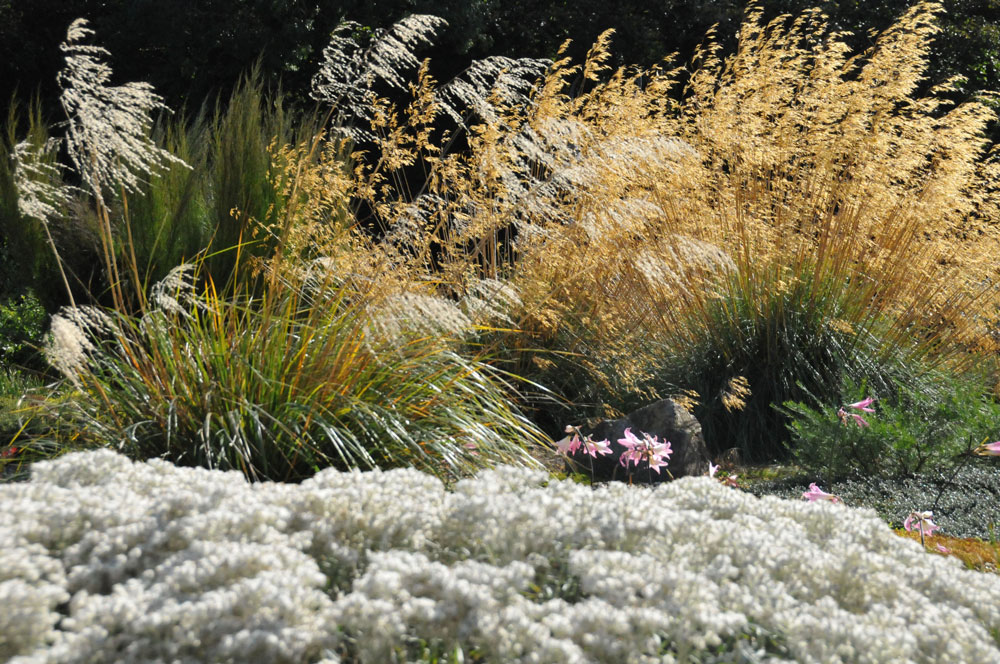 Cornwall’s largest dedicated winter garden, this area was designed to showcase the very best of the plants and greenery that thrive in the colder months. Paths spiral from the centre like a rose, with winter flowers, beautiful barks and colourful foliage all displayed at their very best.
Woodland Garden
Cornwall’s largest dedicated winter garden, this area was designed to showcase the very best of the plants and greenery that thrive in the colder months. Paths spiral from the centre like a rose, with winter flowers, beautiful barks and colourful foliage all displayed at their very best.
Woodland Garden
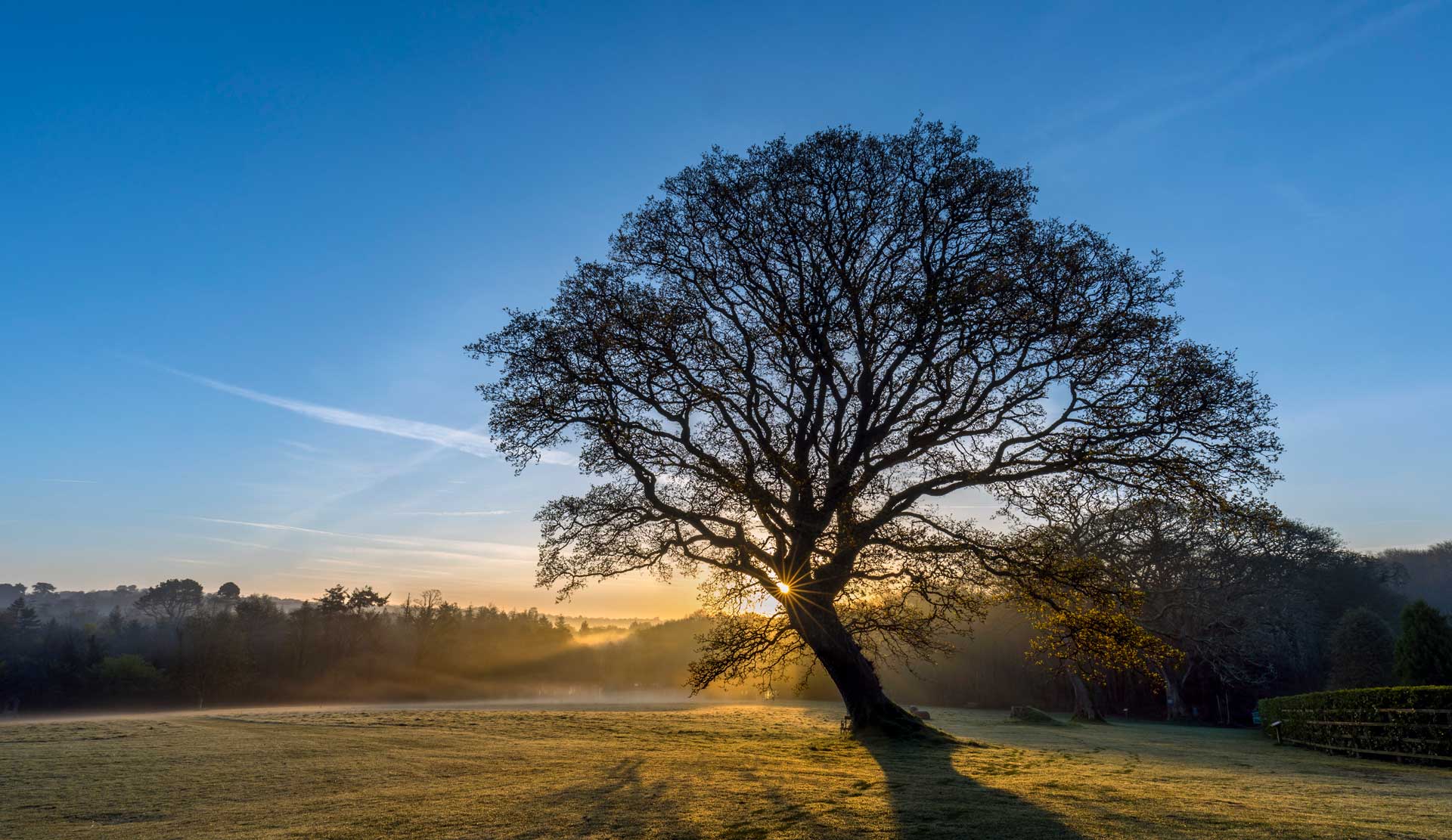 This area truly celebrates Great British Woodland. Encompassing the drive on the way towards the main gates, the woodland features Snowdrops, Bluebells and Wood Anemones amongst much more. Two thousand native trees were planted 25 years ago and an Acer glade dazzles with seasonal colour.
To read more about the individual areas of Pinetum you can take a look here.
This area truly celebrates Great British Woodland. Encompassing the drive on the way towards the main gates, the woodland features Snowdrops, Bluebells and Wood Anemones amongst much more. Two thousand native trees were planted 25 years ago and an Acer glade dazzles with seasonal colour.
To read more about the individual areas of Pinetum you can take a look here.
 The Aboretum is an area of peace and tranquillity surrounded by trees and Rhododendrons. There are benches to sit and enjoy the quiet, while you can watch the perimeter explode in a parade of colour during the Autumn when the Acers and Parrotia go out in blazing shades of red, orange and yellow.
Cornish Cottage Garden
The Aboretum is an area of peace and tranquillity surrounded by trees and Rhododendrons. There are benches to sit and enjoy the quiet, while you can watch the perimeter explode in a parade of colour during the Autumn when the Acers and Parrotia go out in blazing shades of red, orange and yellow.
Cornish Cottage Garden
 Colour plays an important part in the Cornish Cottage Garden, with the beds designed with this in mind. Shrub-backed perennials sit with a true cottage-style collection of herbaceous plants, bulbs, shrubs, trees, ferns and climbers. Statues and water features complete the feel, with rare newts to be spotted amongst the foliage.
Japanese Garden
Colour plays an important part in the Cornish Cottage Garden, with the beds designed with this in mind. Shrub-backed perennials sit with a true cottage-style collection of herbaceous plants, bulbs, shrubs, trees, ferns and climbers. Statues and water features complete the feel, with rare newts to be spotted amongst the foliage.
Japanese Garden
 The Japanese Garden is truly authentic, inspired by those honed over centuries in Kyoto. The plants were first seeded from gifts given to the owners by an English-speaking gardener working in the city. Every year this continues, with seeds coming from the East. The Japanese summer house is based on an original design from the 17th century.
Courtyard Garden
The Japanese Garden is truly authentic, inspired by those honed over centuries in Kyoto. The plants were first seeded from gifts given to the owners by an English-speaking gardener working in the city. Every year this continues, with seeds coming from the East. The Japanese summer house is based on an original design from the 17th century.
Courtyard Garden
 Designed with colour in mind, the courtyard is a more formal garden with a statue at its centre. The three borders feature grasses which flower in the spectrum of the rainbow. Camellias, Magnolias and Rhododendrons complete the ambience. You can also relax on picnic tables scattered amongst profusions of flowers.
Wild Flower Meadow and Lake
Designed with colour in mind, the courtyard is a more formal garden with a statue at its centre. The three borders feature grasses which flower in the spectrum of the rainbow. Camellias, Magnolias and Rhododendrons complete the ambience. You can also relax on picnic tables scattered amongst profusions of flowers.
Wild Flower Meadow and Lake
 The perfect place to relax, enjoy a picnic and reconnect with your inner-calm. Head down to the Wildflower Meadow and take in the peaceful ambience of the lake whilst admiring the miles of views looking over the Cornish countryside.
The Pinetum
The perfect place to relax, enjoy a picnic and reconnect with your inner-calm. Head down to the Wildflower Meadow and take in the peaceful ambience of the lake whilst admiring the miles of views looking over the Cornish countryside.
The Pinetum
 A four-acre area of the gardens designed in the style of an amphitheatre with the tallest trees at its edge, The Pinetum is impressive in every way from the moment you enter. Created 29 years ago with a variety of trees including the Giant Redwood. Some featured have been grown at Pinetum from seeds obtained through our seed hunting expeditions.
Old Garden
A four-acre area of the gardens designed in the style of an amphitheatre with the tallest trees at its edge, The Pinetum is impressive in every way from the moment you enter. Created 29 years ago with a variety of trees including the Giant Redwood. Some featured have been grown at Pinetum from seeds obtained through our seed hunting expeditions.
Old Garden
 One of the first gardens you encounter on arrival, the Old garden features at its centre a statue of a horse backed by two Tetrapanax which will one day tower over him. The old garden is also home to a bridge intertwined with white scented wisteria stretching across water which cascades down granite boulders from Luxulyan.
Water Garden
One of the first gardens you encounter on arrival, the Old garden features at its centre a statue of a horse backed by two Tetrapanax which will one day tower over him. The old garden is also home to a bridge intertwined with white scented wisteria stretching across water which cascades down granite boulders from Luxulyan.
Water Garden
 The Water Garden is a magnet for the wildlife that love to visit Pinetum. Deer, heron, badgers and foxes are all spotted here while newts frogs and toads come to spawn every year. Built on a slope, the Water Garden also features a regal purple beech which reflects majestically in the water. This area is incredibly peaceful and contains seating where visitors can relax and reflect.
Winter Garden
The Water Garden is a magnet for the wildlife that love to visit Pinetum. Deer, heron, badgers and foxes are all spotted here while newts frogs and toads come to spawn every year. Built on a slope, the Water Garden also features a regal purple beech which reflects majestically in the water. This area is incredibly peaceful and contains seating where visitors can relax and reflect.
Winter Garden
 Cornwall’s largest dedicated winter garden, this area was designed to showcase the very best of the plants and greenery that thrive in the colder months. Paths spiral from the centre like a rose, with winter flowers, beautiful barks and colourful foliage all displayed at their very best.
Woodland Garden
Cornwall’s largest dedicated winter garden, this area was designed to showcase the very best of the plants and greenery that thrive in the colder months. Paths spiral from the centre like a rose, with winter flowers, beautiful barks and colourful foliage all displayed at their very best.
Woodland Garden
 This area truly celebrates Great British Woodland. Encompassing the drive on the way towards the main gates, the woodland features Snowdrops, Bluebells and Wood Anemones amongst much more. Two thousand native trees were planted 25 years ago and an Acer glade dazzles with seasonal colour.
To read more about the individual areas of Pinetum you can take a look here.
This area truly celebrates Great British Woodland. Encompassing the drive on the way towards the main gates, the woodland features Snowdrops, Bluebells and Wood Anemones amongst much more. Two thousand native trees were planted 25 years ago and an Acer glade dazzles with seasonal colour.
To read more about the individual areas of Pinetum you can take a look here. 
